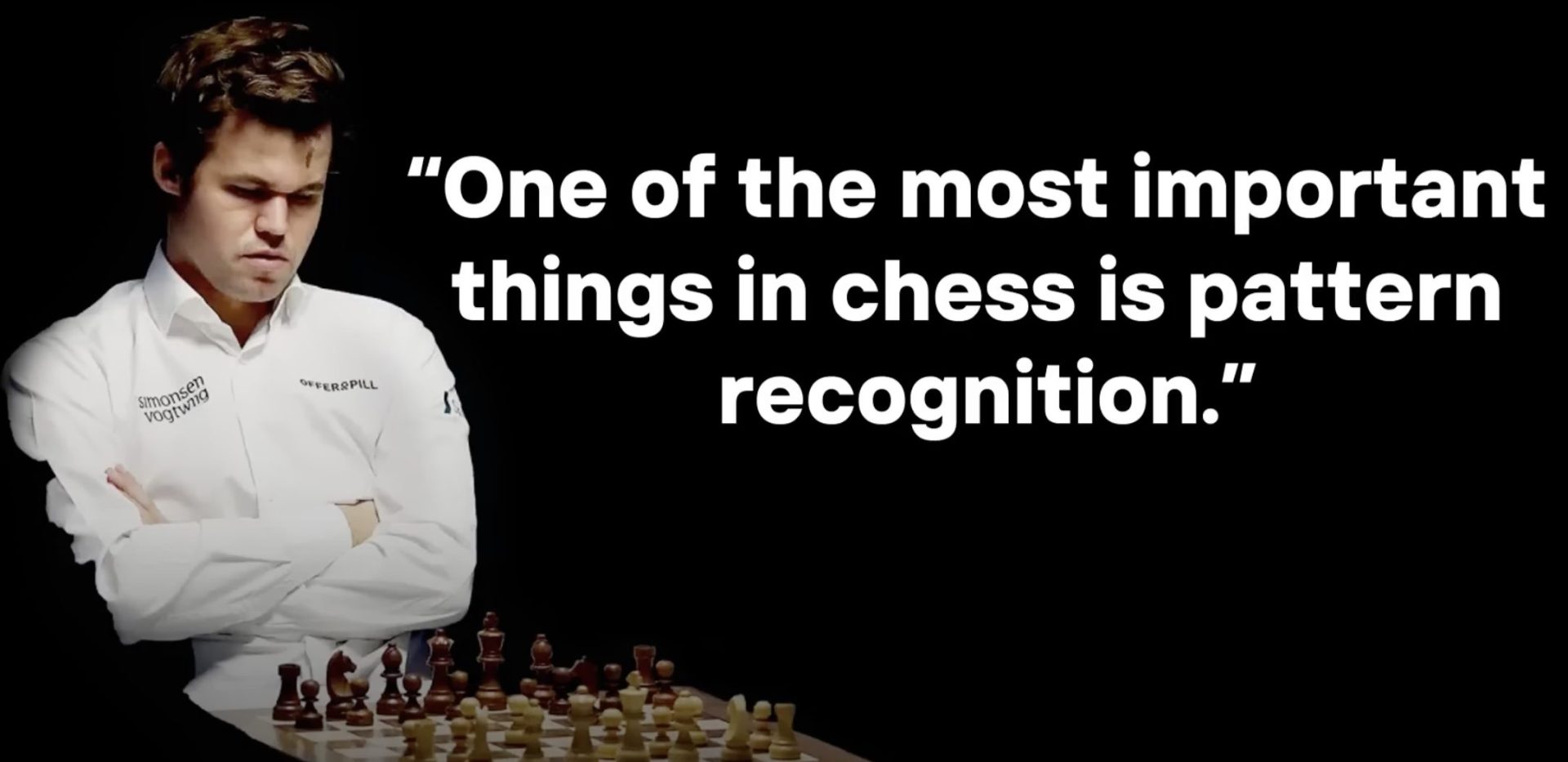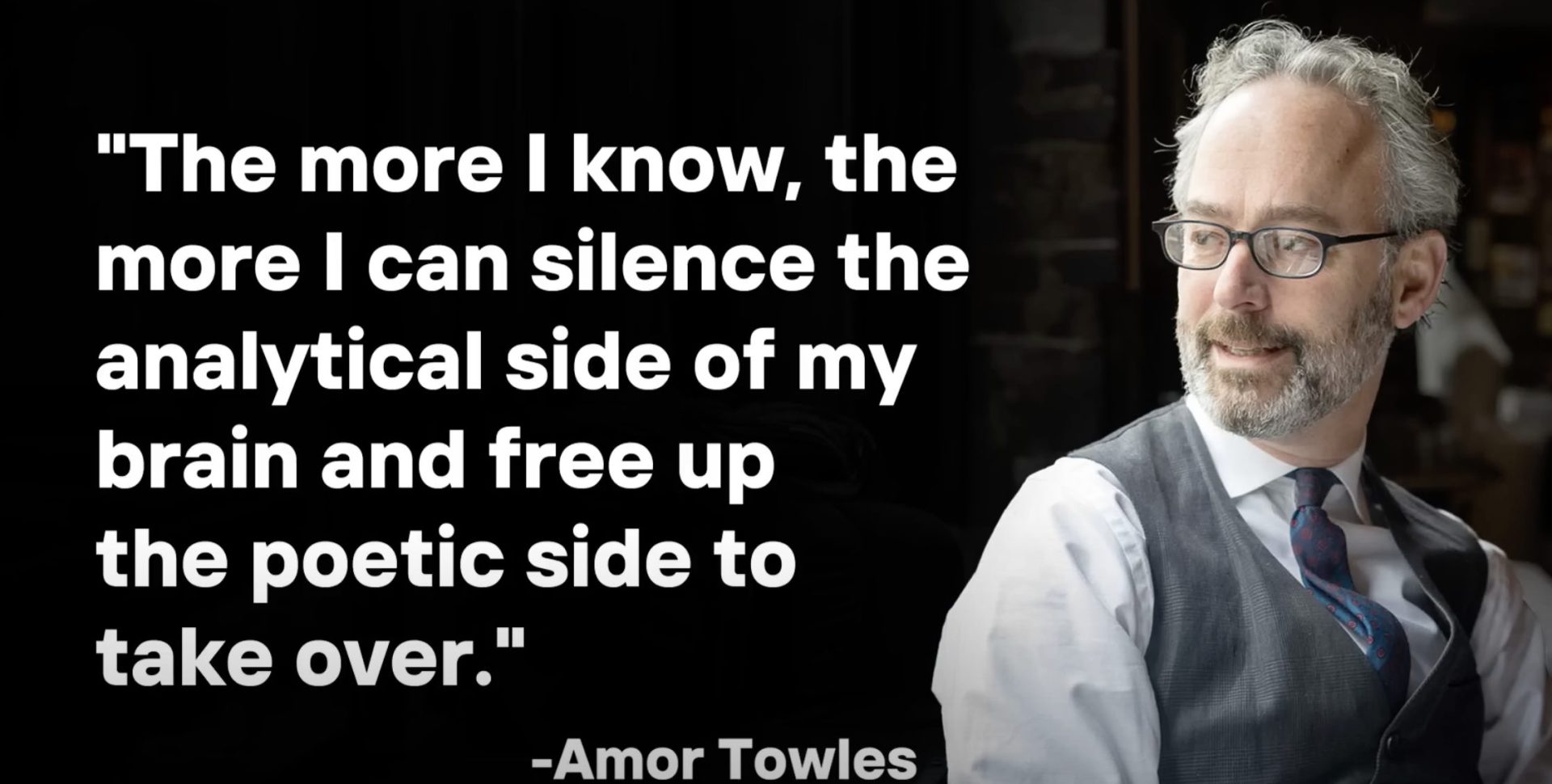
Hey guys, it’s Kyle from ThatPickleballSchool.
What Chess Can Teach You About Winning in Pickleball
Checkmate—that’s a term you’d expect to hear in a game of chess, not on a pickleball court. Yet here we are. On the surface, chess and pickleball couldn’t seem more different. And while pickleball players can absolutely learn from other pickleball players, let’s borrow five strategies from chess you can use on the pickleball court.
1. Positional Awareness

Imagine a chessboard not as a static grid but as a dynamic, ever-changing battlefield where every move is a calculated decision. Top chess players leave nothing to chance. They strategically position their pieces to control the center of the board and set themselves up for long-term success.
In pickleball strategy, there’s a very similar battle for control—only this time, it’s over the kitchen line. This is the most valuable area on the court for gaining a winning advantage. Whether you’re at the baseline playing defense or up at the kitchen line on the attack, court positioning dictates the quality and variety of shots available to you.
I demonstrated this in another article where two pros played two 4.0 players with a twist. They played two games:
- In game one, the rules were normal for both teams. The pros dominated, winning 11–0 with ease.
- In game two, the pros were forced to stay behind the baseline the entire time, while the amateurs could still move up to the kitchen line. This time, the pros still won, but only 12–10.
This clearly showed how proper court positioning in pickleball can make a huge difference, and how poor positioning can severely limit your success.
As you advance to higher levels, both teams will usually understand the importance of court positioning. So how can you gain an edge when everyone is playing smart? You disrupt their positioning in two main ways:
- Get them off balance
- Move them off the kitchen line
Being off balance puts a team at a disadvantage because it reduces accuracy and shot control, often leading to pop-ups or balls hit into the net. When you’re at the kitchen line, vary your dink placement—sometimes wide, sometimes middle—to break their rhythm and force balance errors.
The second tactic, moving your opponents off the kitchen line, is equally important. The farther they are from the net, the harder it is for them to execute aggressive, controlled shots. This creates more opportunities for you to take control of the rally and win the point.
2. Openings
In chess, a grandmaster’s first move isn’t random—it’s strategic, designed to secure an early edge. Openings even have names, like the Sicilian Defense or the Queen’s Gambit.
This applies to pickleball too, where the significance of the serve is often overlooked. It’s not just about putting the ball into play—it’s about dictating the point’s direction. Unlike the return team, who has the positional advantage, the serving team has the crucial first-mover advantage. Unfortunately, many miss this and opt for the “just get it in” approach.
Serve with the mindset of a chess grandmaster using this guiding principle: deep and different.
Deep means serve the ball deep into the court. When you do this:
- You keep opponents away from the kitchen line longer.
- You create a larger target for your third shot.
- They’re more likely to return the ball short, giving you an attackable ball.
- Sometimes they just miss because of the unexpected depth.
Different means adding variety—deep and center, short and wide, high and middle. The unpredictability forces errors. Bonus tip from Phoenix coach Jim Crimble: the wide-serve-middle-opening. Serve wide so their kitchen entry angle changes, opening a gap in the middle to attack with a drive.
3. Pattern Recognition

World chess champion Magnus Carlsen once said, “One of the most important things in chess is pattern recognition.” It’s the ability to recognize familiar arrangements and apply them to the present moment.
In pickleball, these patterns are everywhere. Examples:
- If the ball goes up, get your paddle down to defend.
- A wide enough dink often leads to an ATP.
- A down-the-line dink usually brings a crosscourt dink.
- Speed up crosscourt? Expect the next ball to go to your partner (triangle effect).
- If your opponent loses balance and drops their head, go for the Ernie.
The more patterns you recognize, the more intuitive your play becomes. Author Amor Towles put it well:

4. End Game Expertise
In chess, the opening is about control, the midgame about tactics, and the endgame about strategizing for checkmate. It’s maneuvering into a position of undeniable advantage.
In pickleball, knowing how to close out a game is just as crucial. The leading team often feels the pressure to close, while the losing team goes all-in. Many players lose focus while leading, or they experiment with risky shots at the end, thinking, “Why not?” But this often backfires.
The solution: stick with what got you the lead. Build a mental Rolodex during the game with two categories—what’s worked (slow game at the kitchen, shake and bake, attacking the backhand) and what hasn’t (chaotic play, low-ball speed-ups, wrong shot choices). When the game’s on the line, take a deep breath, consider your options, and let the proven strategies guide you.
5. Know Yourself
The best pickleball players master their minds by knowing their strengths, weaknesses, and styles. Are you aggressive like Anna Leigh Waters, attacking from everywhere? Or patient like Ben Johns, waiting for opponent errors?

Your position informs your shot options, but your self-awareness guides your shot selection.

If you implement these five chess strategies into your pickleball game, you’ll be so far ahead that even when your opponent thinks they have you, you’ll be the one whispering—checkmate.
Think you know pickleball inside and out? Challenge yourself with ThatPickleball IQ Test and see if you can score a perfect 10 out of 10!
Editor’s Note: This article is based on a video by Kyle Koszuta, ThatPickleballGuy. We partnered with him to highlight key concepts in a written format for players who prefer to read or reference drills on the court.
Related Articles:


Great advise, thank you.
Great info, thank you. I will study these tips and attempt to pass it on to other players as well.
Great, glad you found it helpful!
Excellent Overview. Thanks alot . Been playing with a great bunch of guys all good athletes for 3/4 years and its amazing how dopey we play.
I just played my first game and had not read your blog. SHOES SHOES SHOES!! I wore trail running shoes, they stuck to the court and I smashed my wrist. Surgery is Monday
Jan- So sorry to hear about your injury!
Yes – shoes are the number one thing I tell people to invest in…too many people get hurt wearing the wrong kind of footwear.
Wishing you a smooth surgery and a quick recovery! -Matt